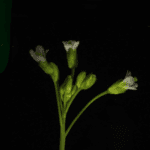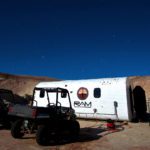A recent study published in the journal Botany compares plant use in two Inuit communities: Nain in Nunatsiavut, Labrador, and Kangiqsualujjuaq in Nunavik, Québec. The communities are only 340 km apart, have very similar flora, and are connected by family ties. However, the authors found that of the 78 species identified only 56% of vascular plant species and 35% of non-vascular species were named and used in both communities.
“The communities use, more or less, the same number of species, but if you look at the species themselves, there are a lot of differences,” said Dr. Alain Cuerrier, lead author of the paper. “I thought we would come across a very similar list of plants, connected to the same list of uses.”

Rhodiola rosea, or roseroot, which grows in both Nain and Kangiqsualujjuaq (Photo | Alain Cuerrier)
Although plants are important in Inuit life, hunting and fishing have received much more attention in the academic literature. Ethnobotanical research is crucial as Inuktitut language skills decline throughout the Arctic and Subarctic. Language, knowledge, and landscape are intricately interwoven, so communities with fewer native language speakers can become disconnected from traditional cultural practices. In Nain, intergenerational teaching is impaired because Elders speak mostly Inuktitut and youth speak English.
Climate change is also altering plant distributions in the Arctic, impeding Inuit peoples’ abilities to locate important species. Access to traditional foods is integral to the health and food security of Inuit communities.
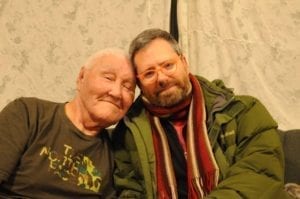
Study author, Dr. Alain Cuerrier, right, with Inuit Elder and artist, Tivi Etok, who was born near Kangiqsualujjuaq(Photo | Alain Cuerrir)
Through semi-structured interviews, the authors learned that each community uses 43 vascular plant species from 22 families. Collectively, 78 species from 39 families were named, including trees, shrubs, herbs, berries, mosses, lichens, and seaweeds. Ericaceae, or heaths, was the most widely used family, followed by Rosaceae, Pinaceae, and Salicaceae (rose, pine, and willow families, respectively). Eight usage categories were identified: edible, medicinal, tea, combustible, construction, cleaning, games, and other. Significantly, the interviews in Nain produced one of the first recorded lists of plant uses for Nunatsiavut.
The usage differences between communities may reflect knowledge loss that has already occurred. In Nain, European contact began in the late 1700s when Moravian missionaries came to Labrador. Among the population of 1,188, there are relatively few Inuktitut speakers.
In 1959, residents from Hebron and Nutak were relocated to Nain, and those Elders have less confidence identifying plants around Nain—even species they know from childhood. Conversely, European contact did not occur until the late 1900s on the east coast of Ungava Bay, and in Kangiqsualujjuaq, which has a population of 874, people of all generations speak Inuktitut. Despite differences in Inuktitut fluency, Cuerrier said there is little knowledge of botanical terms among younger generations in either community.
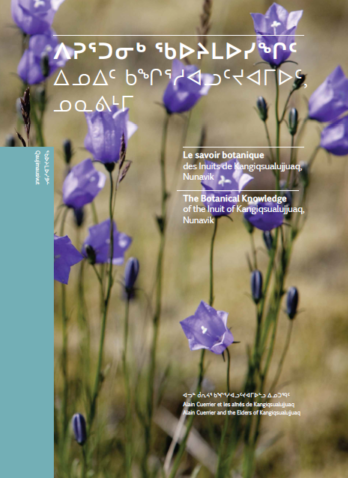
One of the ethnobotanical booklets, The Botanical Knowledge of the Inuit of Kangiqsualujjuaq, which captures the knowledge and stories of community elders, alongside photos of each plant.
To facilitate knowledge sharing, Cuerrier has hosted workshops out on the land where youth learn to collect plants and Elders teach them about the species’ ecological and cultural importance. With Avataq Cultural Institute, he has also published pictorial booklets, which are translated into Inuktitut, French, and English, so each community has a record of its own knowledge.
But the impact goes beyond the communities themselves. When Cuerrier started working in the Arctic in 2001, people told him it was pointless because the Inuit only knew about animals like caribou. “All of the work I’ve done shows how much they know about plants,” he reflected. “[This research is] changing people’s opinions of Inuit people.”
Read the full study: Inuit plant use in the eastern Subarctic: comparative ethnobotany in Kangiqsualujjuaq, Nunavik and Nain, Nunatsiavut in Botany.

